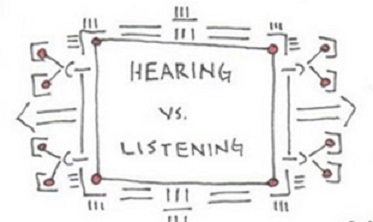
Back in September 2011 I took a flight to Prague for an Agile conference after responding to a call for speakers a few months earlier.
It was an opportunity to travel with a colleague of mine, both interested in attending sessions hosted by other speakers on the latest trends, new coaching techniques and field proof-of-concepts as well as sharing our professional experience in day-to-day Agile practices; last but no least, the opportunity to visit a marvellous city which I heard a lot about but never had the chance to visit before.
I went for what was called a “lightning session” and I thought the allocated 20-or-so minutes slot could be well suited to sharing thoughts on “Communication & Interaction”, which of course is pretty basic stuff to get anything going.
Now, a few weeks’ ago, I took a trip down memory lane and viewed the session recording taken at the time, although I must admin I’m one of those many people that don’t really like watching themselves – overall quality of video and audio not great, but good enough for the purpose of reviewing presentation and content of a live session when I was in my early days of Agile coaching.
Whilst today I would without any doubt prepare and execute the same session differently, I couldn’t help thinking the following: more than seven years have gone past, I worked with different organisations in terms of size and industries, engaged with multiple groups of stakeholders, embraced the growing adoption of remote working models as opposed to the more conventional co-location and office-based engagement model, experimented a different variety of tools which have massively evolved in these years both in terms of sophistication and automation, and yet horizontal and vertical communication together with interaction is still the first and one of the most relevant hurdles to overcome when aiming for business agility and high performing development and delivery!
My session in Prague focused on the role of the Scrum Master in observing behavioural patterns and coaching teams and individuals over communication and interaction best practices since an issue that often comes up is interaction among team members leading to noise because of the tendency in interjecting and therefore proving the point that without appropriate guidance and discipline what we witness is a lot of hearing, but very little listening; I consider this communication without interaction.
Qualitative communication TOGETHER with interaction drive the flow of information which enables the four leading values of Agile Development and Delivery!
In terms of coaching, development and delivery teams must be supported through self-discovery and self-learning, as well as encouraged to regularly self-inspect their practices and communication styles and validate (or make changes to) their individual contribution to qualitative communication and interaction.
Three Very Basic Facts of Listening Vs. Hearing

1. Listening is something we choose to do!
When coaching it is imperative to take the opportunity of group meetings as well as one-to-one sessions to make people aware that listening is not just hearing: hearing is something we do naturally, we automatically hear and process sound, whilst listening is something we (must) choose to do.
2. The more we listen, the more we learn!
We choose to listen during a conversation by also trying not to be too anxious in getting our idea out and interjecting with what other/s are saying.
Listening requires complete attention and is at the core of our learning ability.
3. And we listen to reduce noise, therefore waste!
Next time we find ourselves interjecting in a conversation, let’s take a moment to listen to what others are saying; we’ll notice that whilst listening, we’re also processing in real-time information and because of that, we’ll be actively contributing to reducing waste in collaboration and decision-making.
Nothing of what is written in this post is rocket science, but I challenge anyone to tell me that these three basic practices are consistently followed in their working environments.
I myself carry out regular self-assessments to validate my engagement and communication style and ensure that during coaching I lead teams by example.
